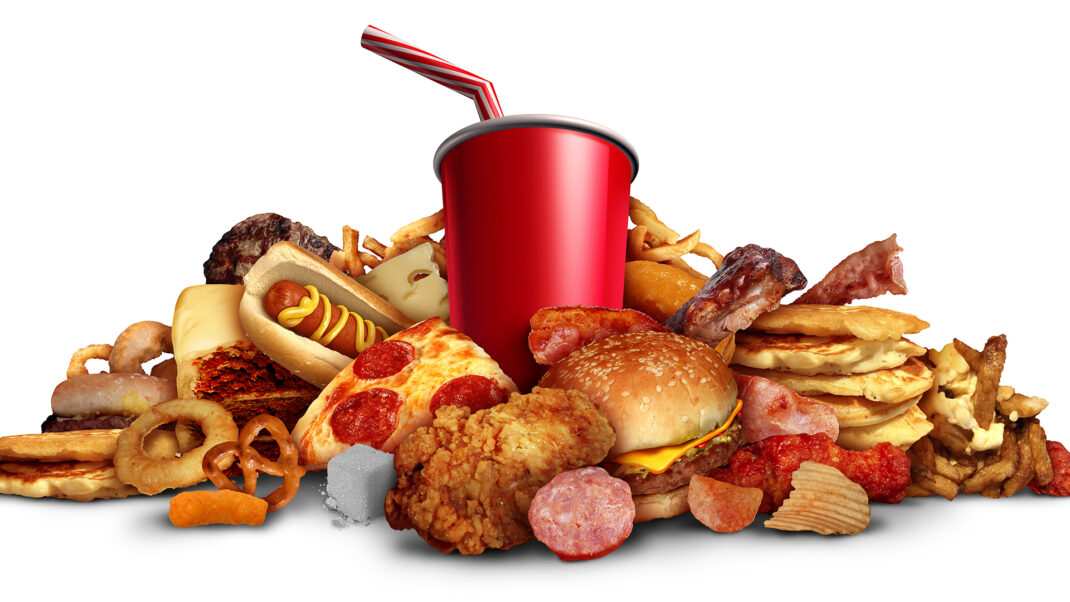Food in Media is Low Quality
Movies get two thumbs down for flaunting unhealthy food.

The film industry didn’t get the memo about the importance of promoting healthy eating habits and food in media. Researchers from Stanford University recently armed themselves with popcorn and watched the top-grossing movies from 1994 to 2018—including Avatar, Iron Man, Black Panther and Titanic—to quantify the foods and beverages shown on-screen and see how well they aligned with U.S. nutrition recommendations for a healthy diet.
Their study, published in JAMA Internal Medicine, showed that on-screen diets largely failed federal recommendations for saturated fat, fiber and sodium. Also in the script were many cocktails and lots of foods with high sugar content. Nutrient-poor snacks and sweets were the most commonly featured food in media, and about 40% of beverages were alcoholic. Water showed up only slightly more often than sweetened beverages.
While Hollywood could depict healthier food and beverage consumption, the reality is that movies show unhealthy foods as being stereotypical and cool to eat, reinforcing what is normative in real life. After all, if our favorite planet-saving superheroes aren’t eating salads, why should we?
See also: Food Brand Names Change Perceptions
Matthew Kadey, MS, RD
Matthew Kadey, MS, RD, is a James Beard Award–winning food journalist, dietitian and author of the cookbook Rocket Fuel: Power-Packed Food for Sport + Adventure (VeloPress 2016). He has written for dozens of magazines, including Runner’s World, Men’s Health, Shape, Men’s Fitness and Muscle and Fitness.





